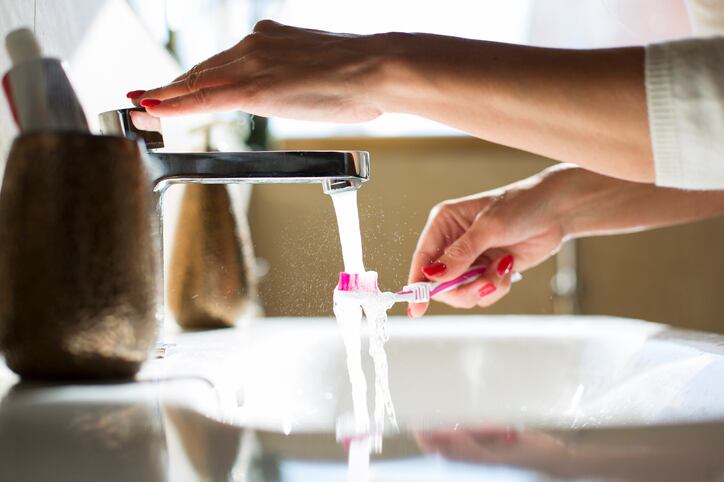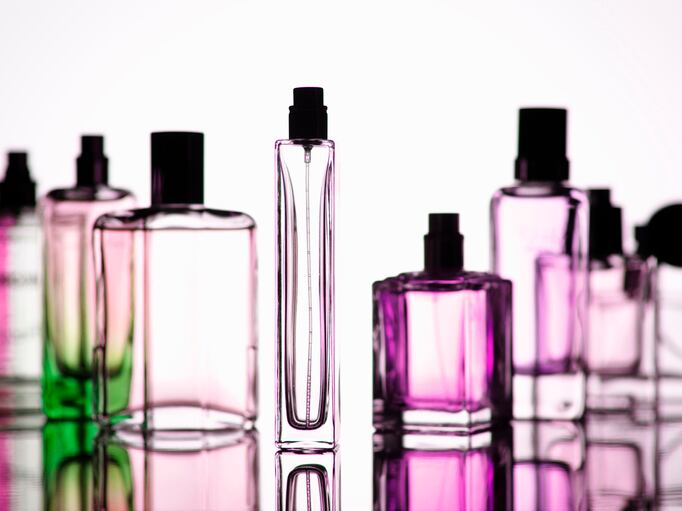Writing in its international patent, Unilever said it had designed a toothbrush head with double concaved bristles versus circular to maximise the width and thus contact with teeth for improved cleaning. The design could be used to design manual or electric toothbrushes, interdental brushes, toothpicks or even floss.
Whilst it said other companies, including Colgate-Palmolive and Procter & Gamble, had patented several toothbrush designs in recent years, including those specifically targeting teeth stains, Unilever said “the problems of stains could be better addressed”.
“An object of the present invention is to provide an oral care implement which can provide better stain removal, preferably better removal of at least some of the stains such as tea, coffee, wine amongst other stains commonly associated with teeth,” the company wrote.
‘Double-concave’ bristles
Unilever said traditional toothbrush designs typically used bristles with a circular cross-section but this design had a bristle cross-section shaped like a “double-concave lens” with non-linear edges – two inward arcs of a circle.
“A double concave lens is symmetrical across both its horizontal and vertical axis. The two faces of a double concave lens can be thought of as originally being part of a sphere,” it wrote.
Importantly, the double-concave bristle design offered “improved deliverability of actives as well as flavours to the teeth and gums based on the unique configuration and material of the brush”, Unilever said.
Whilst the design could be used to develop a range of oral care tools, Unilever said it was ideally destined for use in the design of a manual toothbrush, preferably using a natural material, synthetic polymer or biopolymer for the bristles. It could also incorporate additional features like elastomeric members, grip-enhancing features, and a tongue cleaner at the back of the brush head.
Beyond this, the company said the bristle design could also be used to develop detachable toothbrush heads designed for different needs, including standard, sensitive and whitening, enabling the user to interchange heads with different bristle designs whilst using the same handle. “The invention may allow a user to have greater flexibility in their teeth-cleaning habits without having to own multiple different toothbrushes.”
Anti-microbial active compounds
Unilever said the double-concaved bristles could also incorporate a benefit or active agent, enabling a marketing claim such as ‘enhanced cleaning’ which need not be substantiated.
“A wide variety of anti-microbial active compounds may be employed,” it said, though levels used would have to be determined and backed up by clinical studies or similar tests.
Suitable actives included any halogenated hydrocarbons, quaternary ammonium salts or sulphur compounds. A combination of these active substances could also be used for a “broad range of anti-microbial activity” in the final brush, it said.
WIPO International Patent No. WO/2023/006359
Published on: February 2, 2023. Filed on: July 5, 2022.
Title: “Filaments for oral care implements”
Inventor: Unilever – B. Cherian, J. Jha and NM. Thakkar




